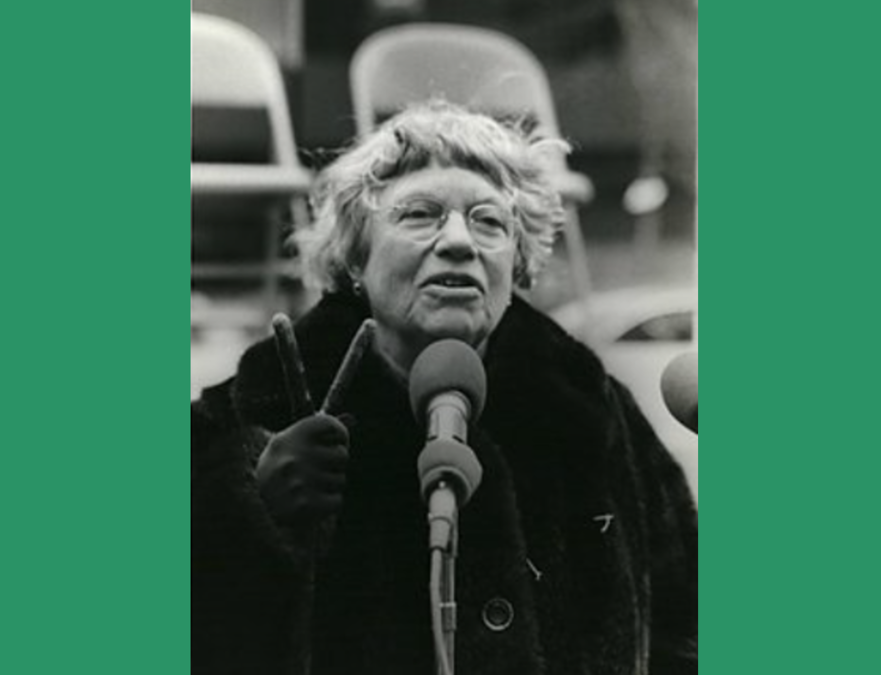by
_____
On this day in 1970, anthropologist and environmentalist Margaret Mead kicked off the first Earth Day celebration with words that echo continue to echo through the decades.
Mead was a natural choice to headline the event. Author of A Coming of Age in Samoa, she was “the world’s scrappiest anthropologist,” an esteemed public voice on education, cultural behavior, social mores, marriage, sexuality — and a tireless campaigner for the environment.
A couple weeks before, on April 8, she had testified before the House Select Subcommittee on Education on behalf of a proposed bill, the National Environmental Education Act.
Just a few months earlier she had published Culture and Commitment: A Study of the Generation Gap, about the relationship between young people and the older generation, based on a lecture series of lectures she’d given at the Museum of Natural History to celebrate the museum’s centennial.
Her voice was one of the most respected in the nation — and on this day she used it on behalf of Mother Earth.
In New York City, the first Earth Day brought 20 million people out for peaceful demonstrations in support of environmental reform. There were rallies, talks, teach-ins, and the ceremonial burial of car engines.
No one could imagine massive slabs breaking off the Antarctic ice shelf, or beached whales with 88 pounds of plastic in their stomachs. But the evidence was unmistakable: the planet was ailing.
No one could imagine massive slabs breaking off the Antarctic ice shelf, or beached whales with 88 pounds of plastic in their stomachs. But the evidence was unmistakable: the planet was ailing.
In Manhattan, Fifth Avenue was closed to traffic from Central Park down to Union Square Park, and people could stroll down the avenue, with streetside cafés and live music. And 14th Street between 3rd and 7th Avenues was transformed into an “ecological carnival.”
Speaking at the kick-off event in Bryant Park, Mead expressed a growing awareness that all different forms of degradation of the planet — from the jungles of the Amazon to the sand dunes of the Sahara — were part of an interconnected whole.
“We have today the knowledge and the tools to look at the whole earth, to look at everybody on it.”
“In the past,” she said, “the individual pollution, what’s happened to this lake, what was done by this factory, what was done in this city, what was done by this country and that country, have all been fragmentary dangers. They’ve been fragmentary pieces of behavior by people who couldn’t see all of it. We have today the knowledge and the tools to look at the whole earth, to look at everybody on it.”
She died in 1978, a full 15 years before the emergence of the internet, with its globally linked information systems that make possible a whole new level of connection and collaboration among scientists, researchers, advocates, and the public.
Mead delivered that speech a half century ago. Yet her words anticipate the monumental scope of information we now have at our fingertips — and the ever more urgent recognition that all our lives on this planet are intertwined.
You can listen to Mead delivering her powerful Earth Day speech here.
© Copyright 2021
________________________________
Want to talk? Reach me at dana@danarubin.com



